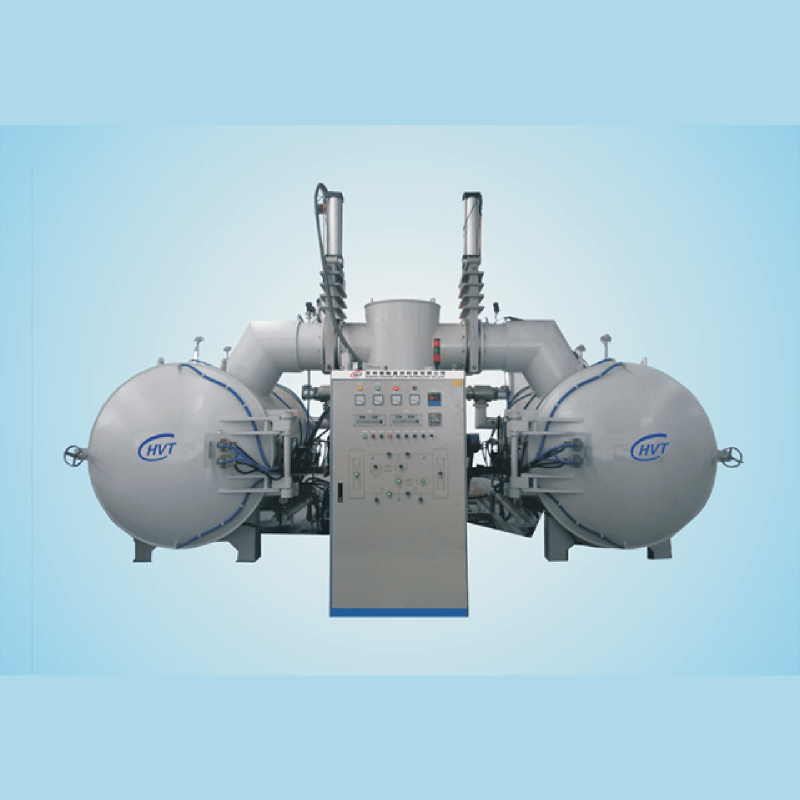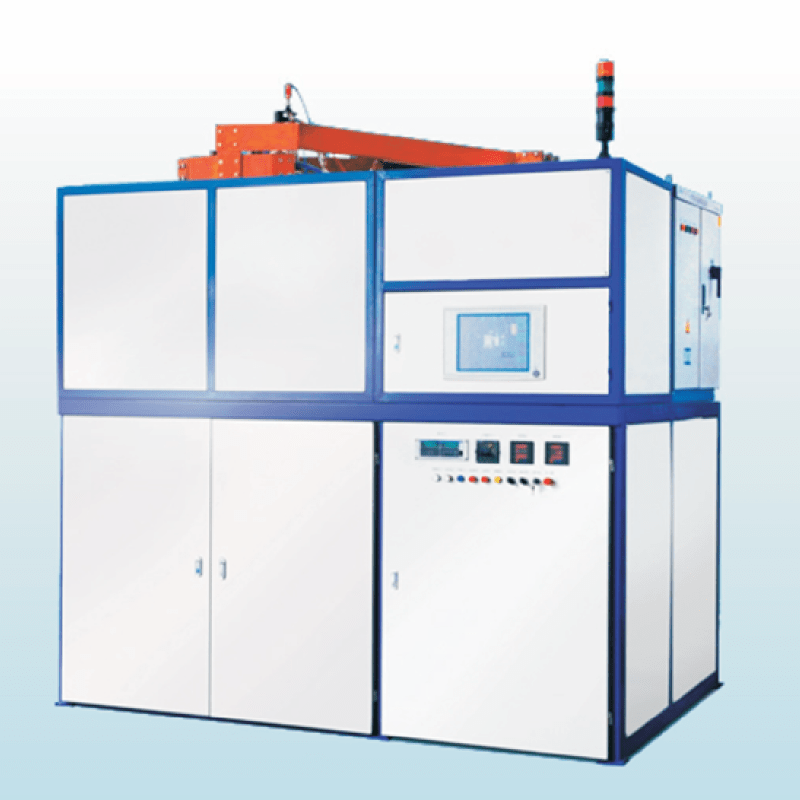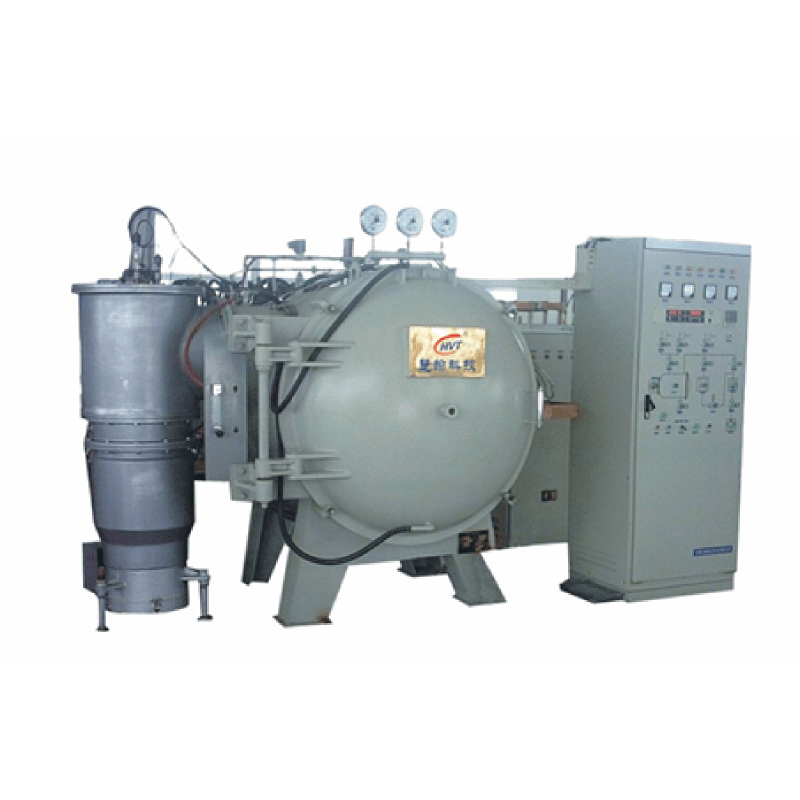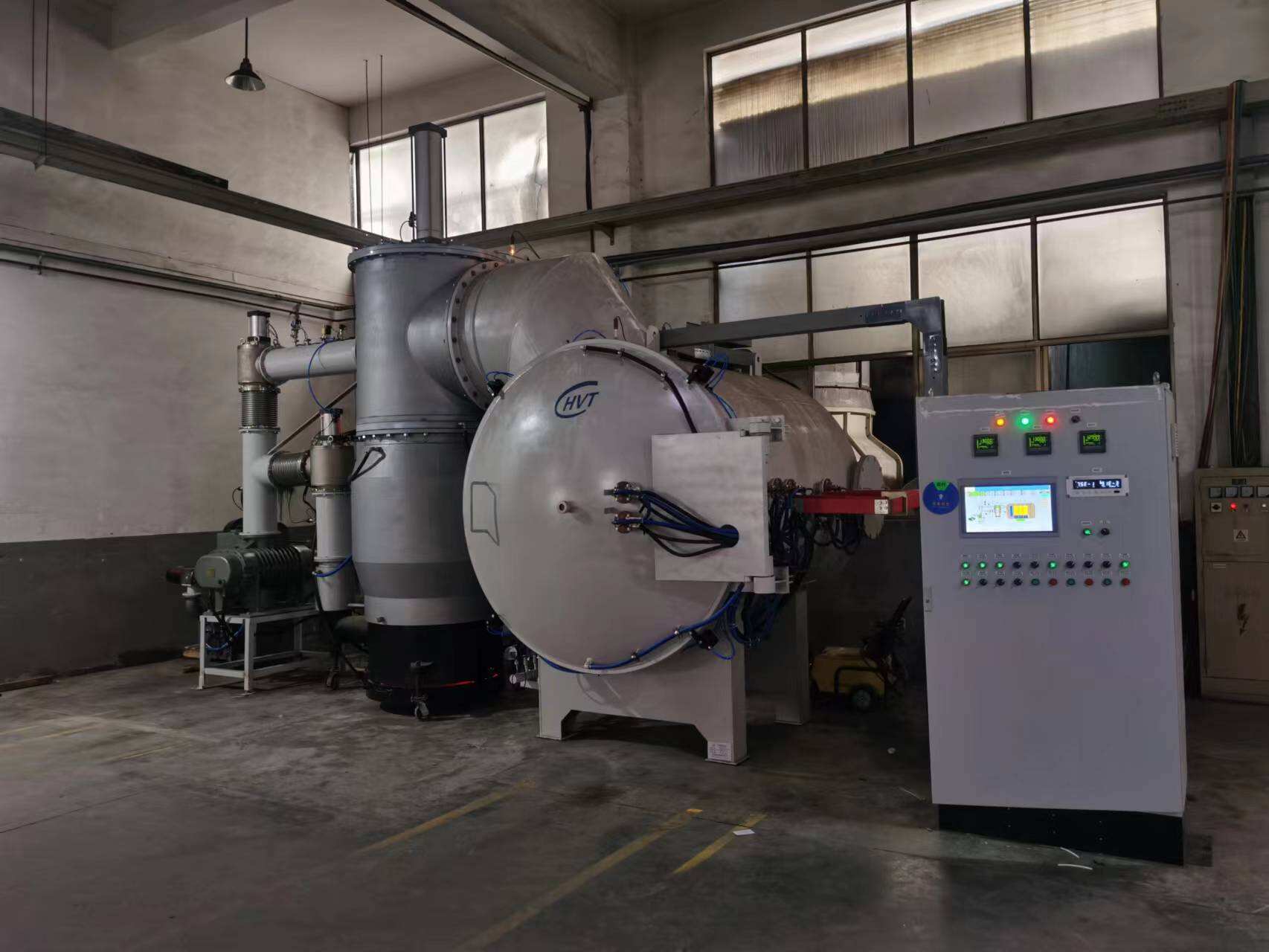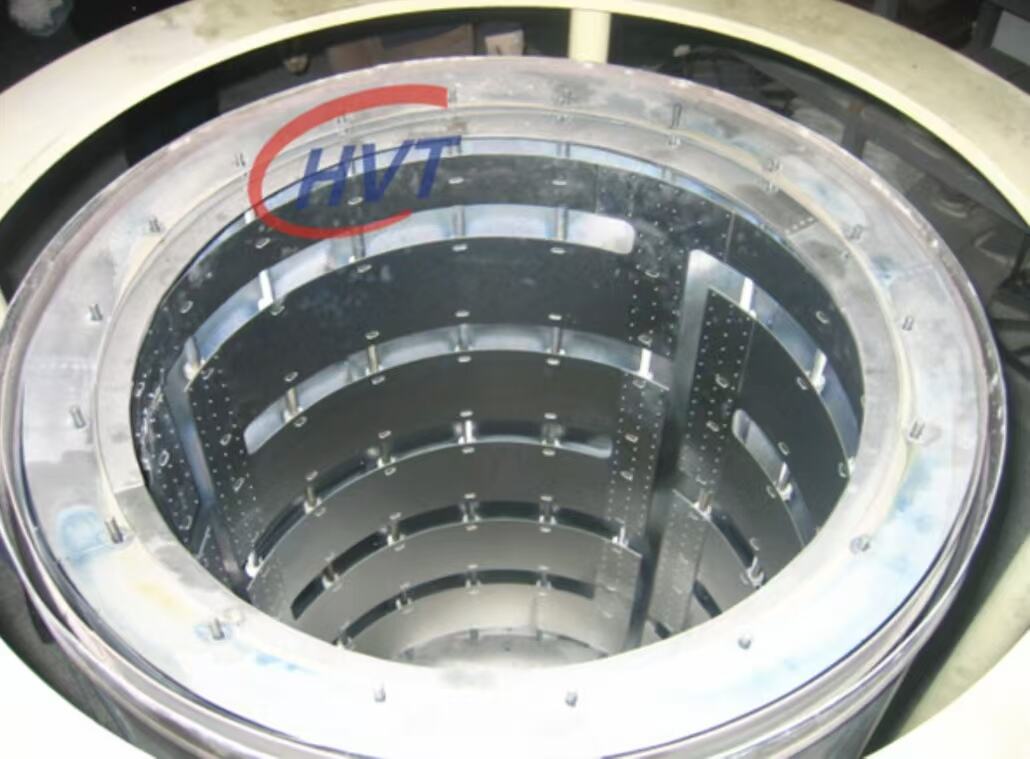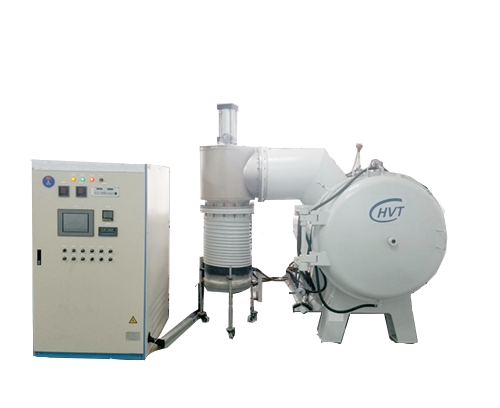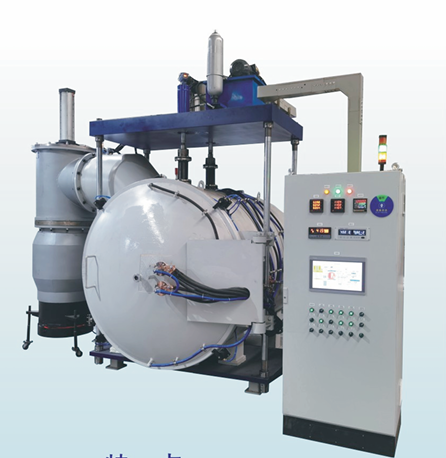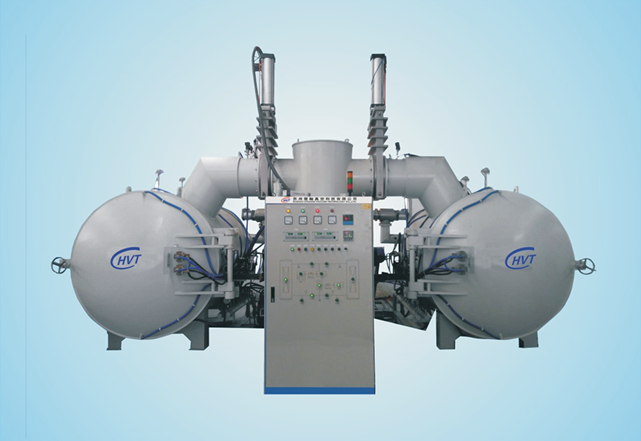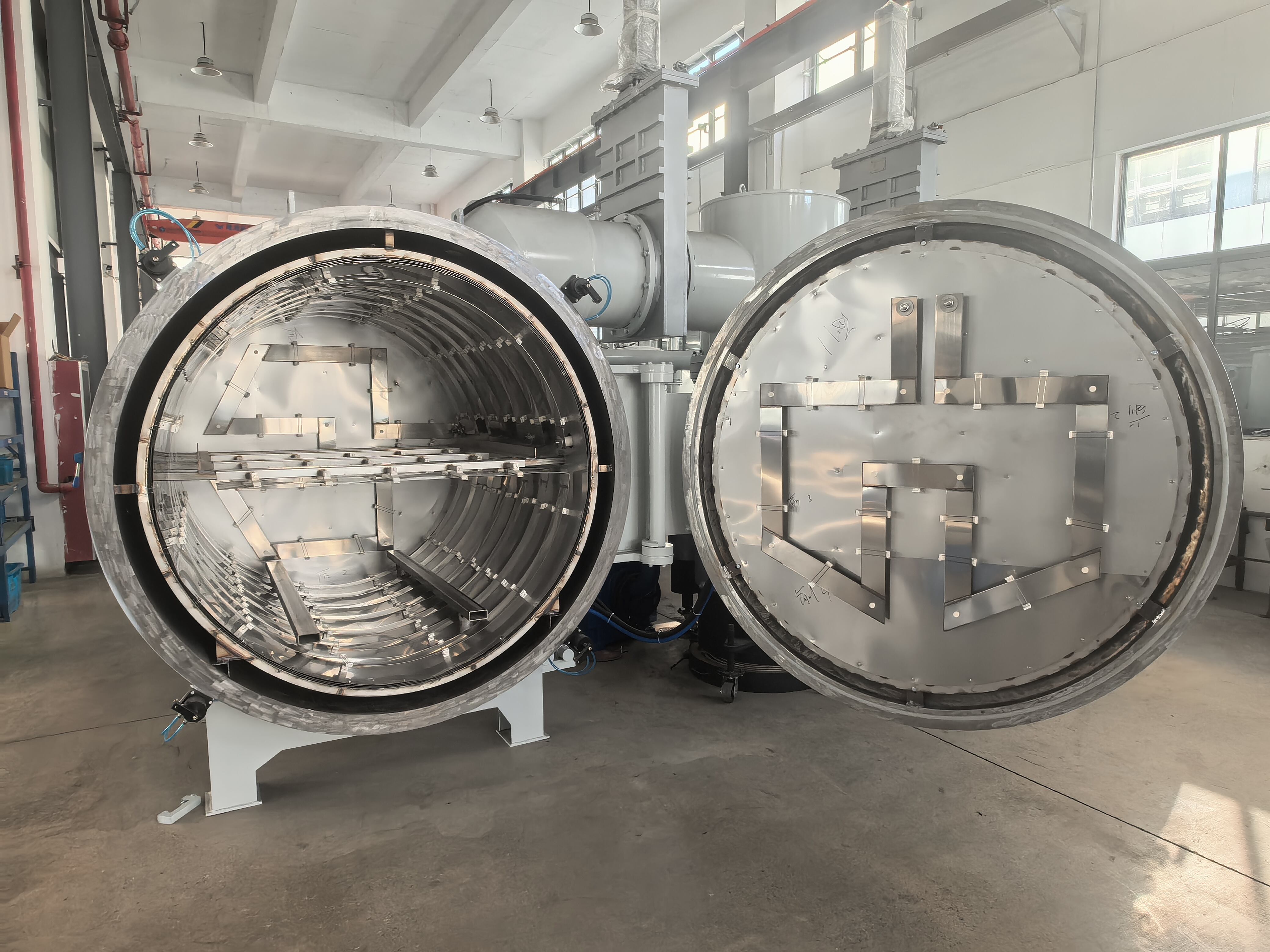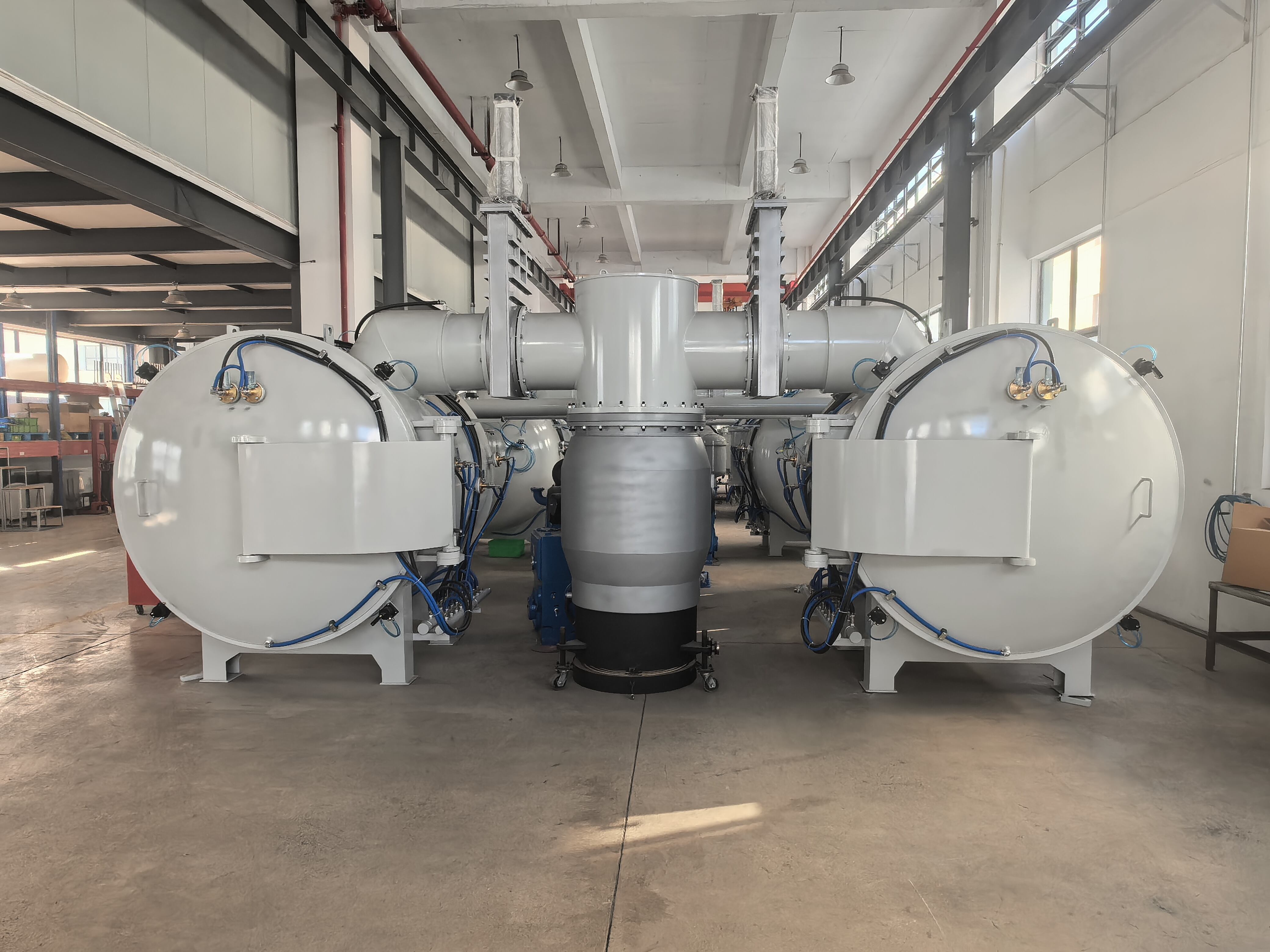low frequency induction furnace
A low frequency induction furnace represents a cutting-edge solution in metal melting technology, operating at frequencies typically between 50 and 250 Hz. This sophisticated equipment utilizes electromagnetic induction to generate heat directly within the metal charge, creating an efficient and controlled melting process. The furnace consists of a crucible surrounded by water-cooled copper coils that carry alternating current, producing a magnetic field that induces eddy currents in the metal charge. These currents generate heat through electrical resistance, effectively melting the metal from within. The low frequency operation ensures deep penetration of the magnetic field, making it particularly effective for melting large metal charges. The system incorporates advanced temperature control mechanisms, allowing for precise heating and maintaining specific temperature ranges crucial for different metallurgical processes. One of its most significant features is the natural stirring effect created by electromagnetic forces, which promotes homogeneous mixing of the molten metal and ensures uniform composition throughout the melt. This technology finds extensive applications in foundries, steel plants, and metal recycling facilities, where it excels in melting various metals including iron, steel, copper, and aluminum alloys.

